This year’s batch of Student Academy Award nominees highlights a diverse, colorful blending of genres from filmmakers of all walks of life. In this interview series, Film Editor Sergio Zaciu sat down with all seven finalists of 2020’s Narrative – Domestic section, hoping to learn more about their personal backstories, what brought them to the director’s chair, how they made their respective films, and what exciting prospects await them next in their careers.
Tell us a little bit about yourself! Where are you from, what did you do before picking up a camera, and what got you into filmmaking?
Damon Laguna: Well, my name is Damon Laguna and I am a writer/director born and raised in the Los Angeles area. Before I got into filmmaking, I spent most of my time flipping through the air as a gymnast, later competing at UC Berkeley where I graduated with a degree in Business Administration. In middle school and high school, I was a theater nerd and loved acting. Theater was my first personal experience with storytelling and I fell in love with character development and working with actors. My uncle is a screenwriter and he first introduced me to filmmaking in high school, and from then on I knew I wanted to be a filmmaker.
At what point into your time at USC did you know you wanted to make HEADLOCK?
DL: I first wrote a version of HEADLOCK in my second semester at USC in 2018. I loved the story and the characters and continued to work on drafts between class assignments and projects I was producing. When it was finally time for me to make my thesis film, I knew that this was the story I was going to tell.
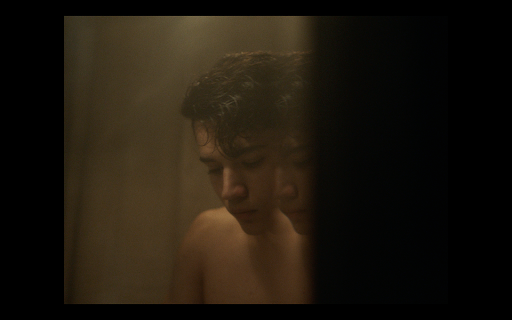
I’m curious about the writing process of the film. Could you explain how you workshopped the script? What made you choose wrestling as the framing device for this story?
DL: I was a competitive gymnast for most of my life, starting when I was four years old, and continuing into my undergraduate studies. I spent 20+ hours per week training and interacting with my teammates, fostering a plethora of experiences and stories with regards to masculinity, sexuality, and maturity. My brother was a high school wrestler and I was blown away by the sport and how demanding it was physically, mentally, and emotionally. I loved the idea that even though a wrestler is put against another singular athlete, the biggest obstacle they are fighting is within themselves. I knew that this high school sport and the athletes within it were worth exploring further. During my thesis preparation, the story developed immensely with the help from my thesis mentors and close collaborators who served other key roles on the film. I valued their feedback and continued to make edits to the script, conduct more research, and visit with multiple high school and college wrestling teams, coaches, and athletes.
Can you talk a bit about the process of casting a film like this? Did you specifically look for actors who had previous wrestling experience?
DL: I adore the casting process and it was exceptionally inspiring to see so many talented actors read for these roles. We definitely looked for actors with wrestling or combat sport experience, so that they could more easily embody the physicality needed for the roles. After we cast, we spent a lot of time together watching wrestling team practices, focusing on how the wrestlers carried themselves, walked, interacted with each other, etc. It was very important to me that the wrestling in the film was not only done safely, but also looked very real. While on set, we had actual wrestlers and coaches on set that served as consultants and really helped us make sure that all the wrestling aspects within the film were authentic.
It’s also worth noting that the protagonist is Latino. Was that something that was already present within the screenplay, or did you factor that in after you found your actor?
DL: This was always going to be a Latinx story. I drew inspiration from my family when I wrote the script and believe it is extremely important to promote stories that feature diverse, underrepresented characters.
Somewhat bouncing off of that point, I really liked that the film was upfront about being set in Los Angeles—I feel like a lot of student films try and shoot elsewhere or fake their location. Was that a purely practical decision on your part, or was it important to you to have this be a story about L.A. youth?
DL: We shifted locations a few times in pre-production, really exploring the possibilities to figure out which location best served our story, and we definitely felt that Los Angeles was perfect. Yes, it was very practical for our budget and proximity to USC, but it was also very important for us to make this story specific to Los Angeles and integrate it into the characters’ lives and story as much as possible.
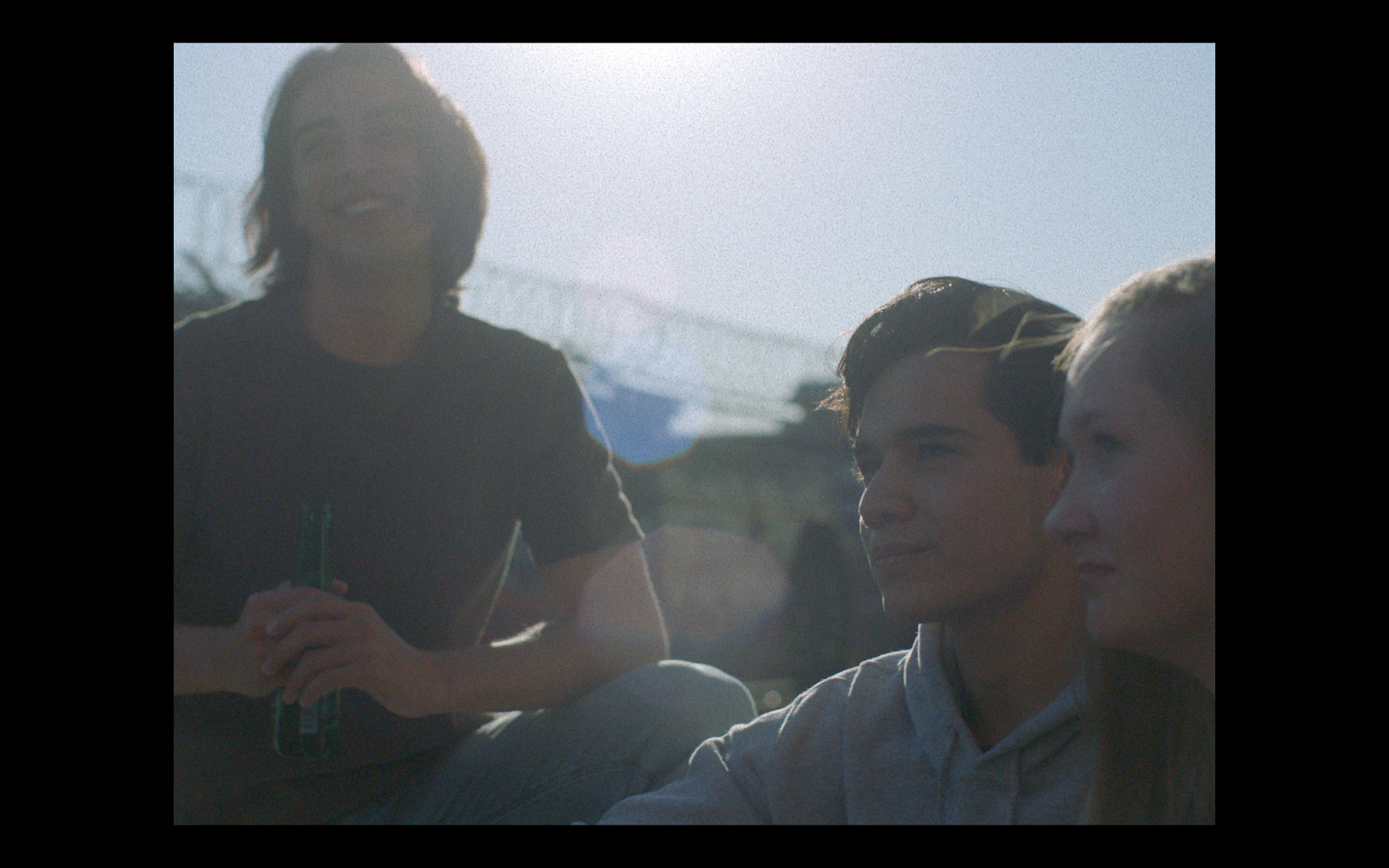
I loved the decision to shoot the film in a 4:3 aspect ratio. I have a ton of theories as to why you made that decision, but I’d love to hear you elaborate on that choice.
DL: I love working with the 4:3 aspect ratio. It was a decision we made with our cinematographer, Andrea Gonzalez Mereles, very early on. We wanted to be with Diego and go through this journey from his perspective as much as possible, so we decided to use a lot of close-ups, which photograph beautifully in 4:3. This aspect ratio also adds a sense of nostalgia, which was important to me as the story was highly inspired by my experiences growing up and helps the audience reflect on their own past experiences. We also felt that this aspect ratio helped us represent Diego’s emotional state by putting him in a literal box; a narrow, sometimes claustrophobic visual element illustrating the external forces weighing on him, making him feel that he cannot be himself around others.
Beyond the 4:3, did you establish some kind of creative rulebook for yourself? Things “to do” and “not to do” in order to maintain a cohesive aesthetic style?
DL: Definitely, we had numerous meetings with our department heads to discuss our creative rulebook and constructed a long list of Do’s and Don’ts. We decided to shoot this film in a documentary style, maintaining handheld for the entire film and trying to stick to one focal length. Regarding color, we wanted to have a desaturated, muted yellow, green, and blue palette and we added a film grain to also help create a feeling of nostalgia.
Did you use any pre-existing films as reference?
DL: Throughout the filmmaking process, I referenced several films that inspired me visually, aurally, and stylistically. There is a wonderful, very touching and intimate documentary called “Wrestle” that we watched several times, and we also frequently referenced MOONLIGHT, WHIPLASH, and FOXCATCHER, and a few short films from independent European filmmakers.
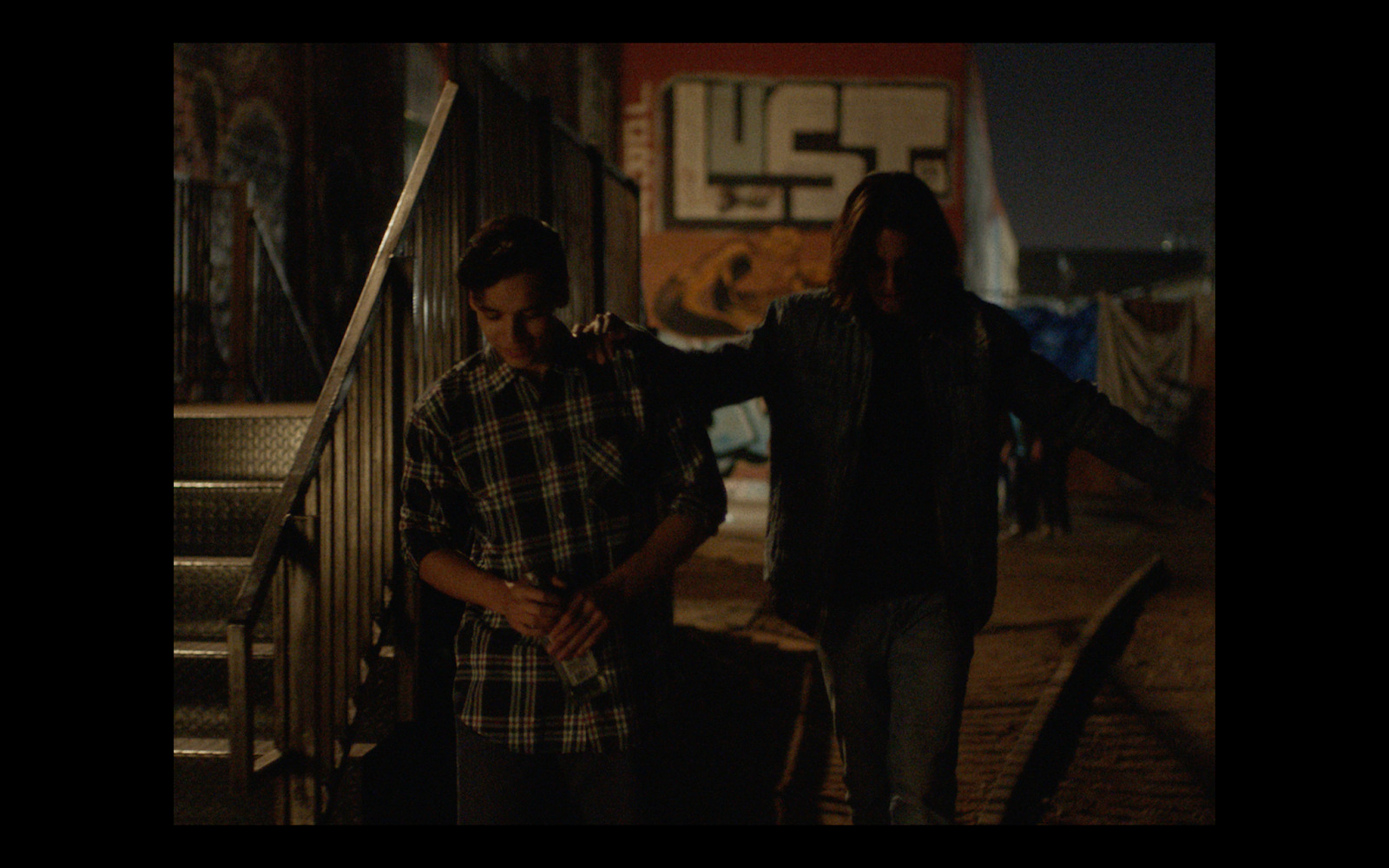
I’m always interested in how students and indie filmmakers make the most of their budgetary constraints. Could you share any producing stories from the set of HEADLOCK?
DL: First you have to have an incredible producer, which I was lucky enough to have on HEADLOCK. She did an incredible job in making the most out of the limited budget we had and provided every department with what they needed in order for them to present their best work. One of the most difficult challenges we faced was finding a high school location that would work within our budget. We eventually found a high school that fell in love with our story and wanted to help us in any way possible. The school not only had a wrestling team, but a team that is one of the best in the state, has wonderful facilities/equipment, and also had additional shoes and gear for our actors and art department to use. We wouldn’t have been able to create this film without their generosity and support.
Based on the experience you gained from making this film, what would you tell a student younger than yourself not to do with their thesis? Anything you learned the hard way?
DL: With every project I work on, I always learn a ton of things. My little piece of advice would be to not stay too attached to the story you wrote on paper. Things will inevitably change while on set during production and when you are in the post-production process. Experiment with your editor, move scenes around, explore the possibilities; because you never know what you can find and you can always return to the story you had on paper.
Obviously the film has a festival run coming up, and with COVID-19 raining on everyone’s parade, the future is pretty unpredictable, but do you have any plans for the future that you would like to share with us?
DL: Yes, we just started our festival run with our world premiere at Dances With Films and are very excited for the film’s future. I am developing a few projects now that are very personal to me that I hope to be able to produce once we are safe to resume film production. This Student Academy Awards nomination has opened a few doors for me as a writer/director and I am very excited for what the future holds.
Catch HEADLOCK on the festival circuit and keep your eyes peeled for more of Damon’s work in the future!


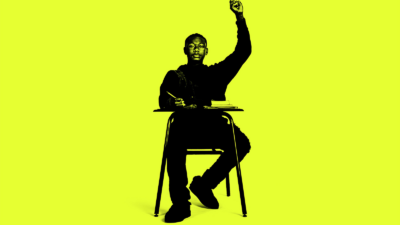
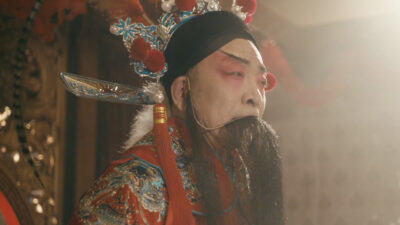
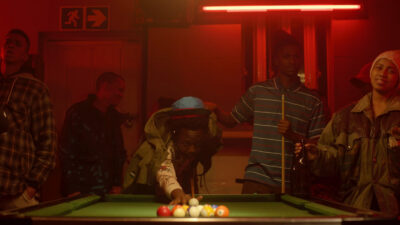
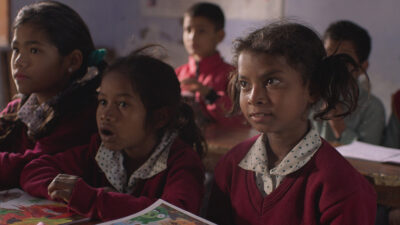
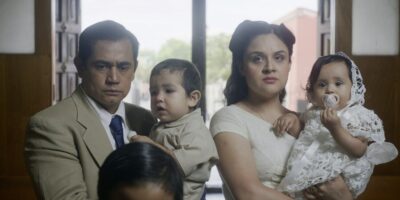
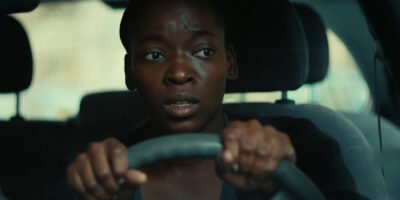

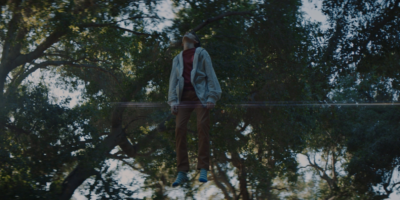
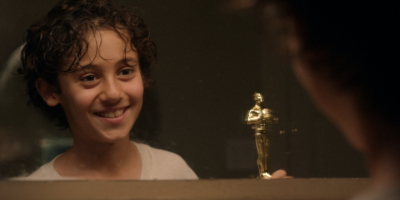
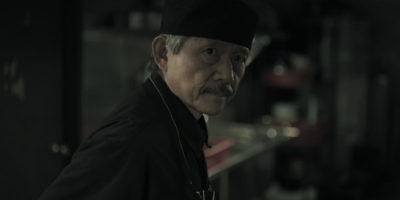



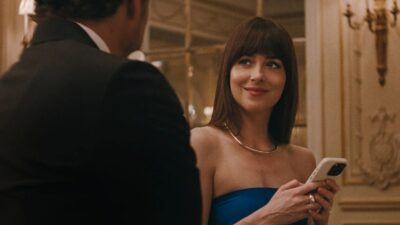
Comments